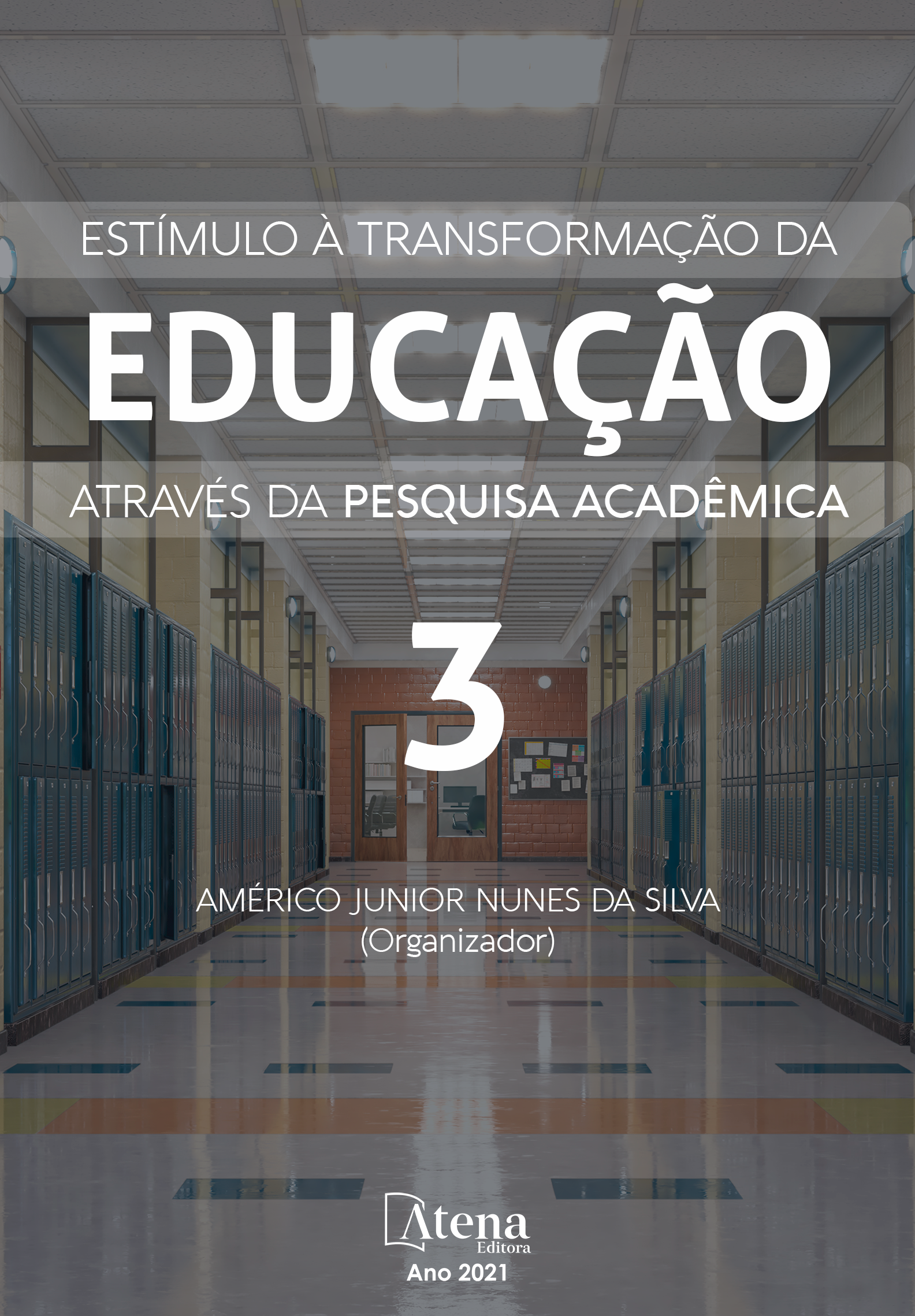
FERRAMENTAS TECNOLÓGICAS USADAS PELOS DISCENTES DO ENSINO SUPERIOR EM PERÍODO DA PANDEMIA DO COVID-19
As ferramentas tecnológicas educacionais são recursos para facilitar e mediar o processo de ensino-aprendizagem. Fez-se um levantamento com 81 (oitenta e um) alunos da Faculdade do Maranhão para descrever os recursos tecnológicos usados pelos discentes do ensino superior durante a pandemia da Covid-19, apontando os aspectos positivos e negativos, bem como a percepção em relação à da plataforma digital como estratégia de avaliação da aprendizagem. Os resultados apontaram que as principais ferramentas usadas pelos discentes foram videoaulas, podcast e os aplicativos de videoconferências como Zoom, Whatsapp e Meet. Sobre as plataformas usadas no processo de aprendizagem destacaram-se os aspectos positivos como: permitir a autonomia e motivação, flexibilidade. Quanto aos negativos se têm as dificuldades de acesso à internet, falta de feedback das avaliações, facilidade de plágio ou cópias, falta de interatividade do professor, entre outros. Conclui-se que neste novo cenário educacional e com os avanços tecnológicos professores e alunos deverão adquirir novas habilidades e competências para a inserção das ferramentas pedagógicas no processo de aprendizagem.
FERRAMENTAS TECNOLÓGICAS USADAS PELOS DISCENTES DO ENSINO SUPERIOR EM PERÍODO DA PANDEMIA DO COVID-19
-
DOI: 10.22533/at.ed.5772101104
-
Palavras-chave: Ferramentas tecnológicas; Recursos tecnológicos; Aplicativos educacionais; Ensino Superior – ferramentas.
-
Keywords: Technological tools; Technological resources; Educational applications. Higher Education - tools.
-
Abstract:
Educational technological tools are resources to facilitate and mediate the teaching-learning process. A survey was conducted with 81 (eighty-one) students from the Faculty of Maranhão to describe the technological resources used by higher education students during the Covid-19 pandemic, pointing out the positive and negative aspects, as well as the perception of the digital platform as a learning assessment strategy. The results showed that the main tools used by the students were video classes, podcast and video conferencing applications such as Zoom, WhatsApp and Meet. On the platforms used in the learning process, the positive aspects were highlighted, such as: allowing autonomy and motivation, flexibility. As for the negatives, there are difficulties in accessing the Internet, lack of feedback from evaluations, ease of onorreal or copying, lack of interactivity of the teacher, among others. It is concluded that in this new educational scenario and with technological advances teachers and students should acquire new skills and competencies for the insertion of pedagogical tools in the learning process.
-
Número de páginas: 15
- Nathalia Regina Rodrigues
- Maria do Socorro Corrêa da Cruz


